Optimal Timing for Electric Fence Installation
Electric fence installations are most effective when performed during specific times of the year, considering weather conditions and animal activity. Proper timing ensures optimal fence performance, durability, and safety. Installing during milder weather prevents issues related to extreme cold or heat, which can affect materials and installation processes.
Spring and early fall are ideal for electric fence installation due to moderate temperatures and stable weather conditions.
Avoid installing during heavy rain, snow, or extreme heat to prevent material damage and ensure safety during setup.
Installing when animals are less active reduces stress on livestock and minimizes disruptions during setup.
Weather conditions influence the longevity of the fence components; proper timing helps maximize lifespan.

Spring offers moderate temperatures ideal for setting up electric fences.
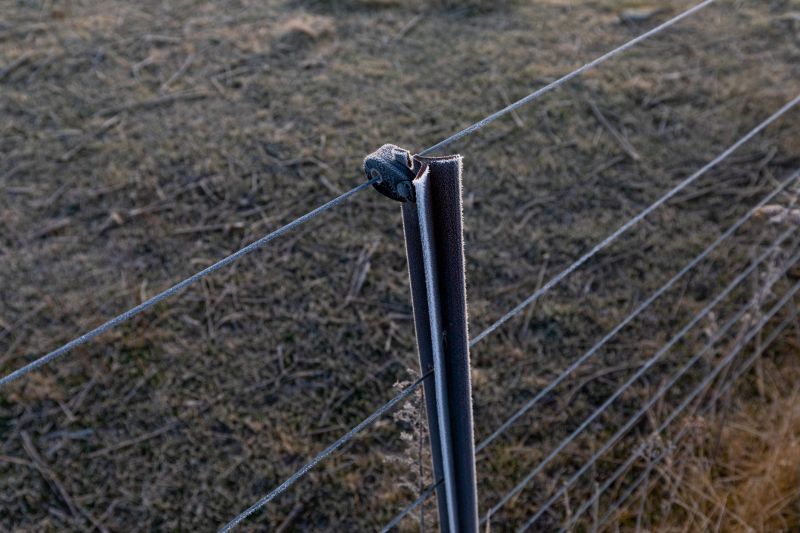
Early summer can be suitable if weather conditions are stable and dry.
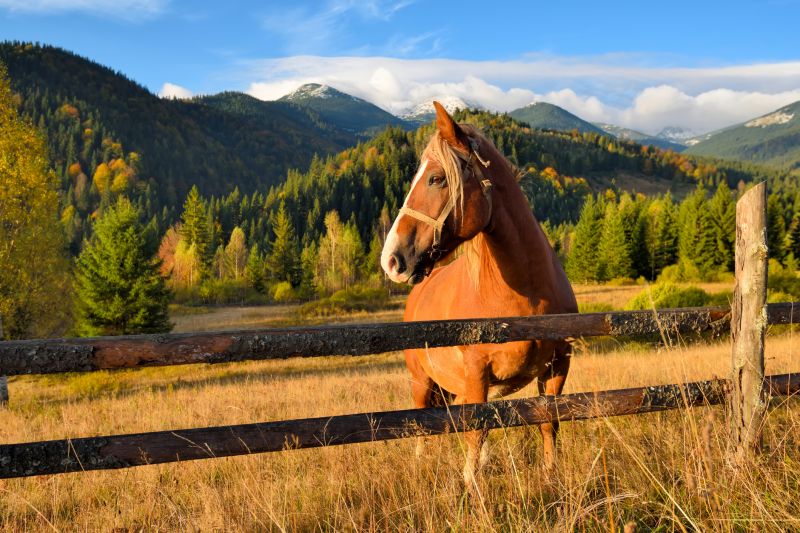
Autumn provides cooler weather, reducing heat stress during installation.

Ways to make Electric Fence Installations work in tight or awkward layouts.
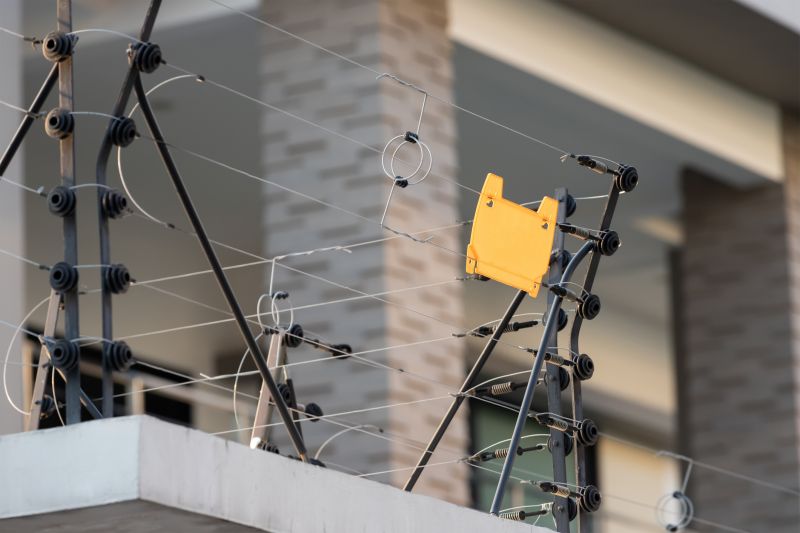
Popular materials for Electric Fence Installations and why they hold up over time.
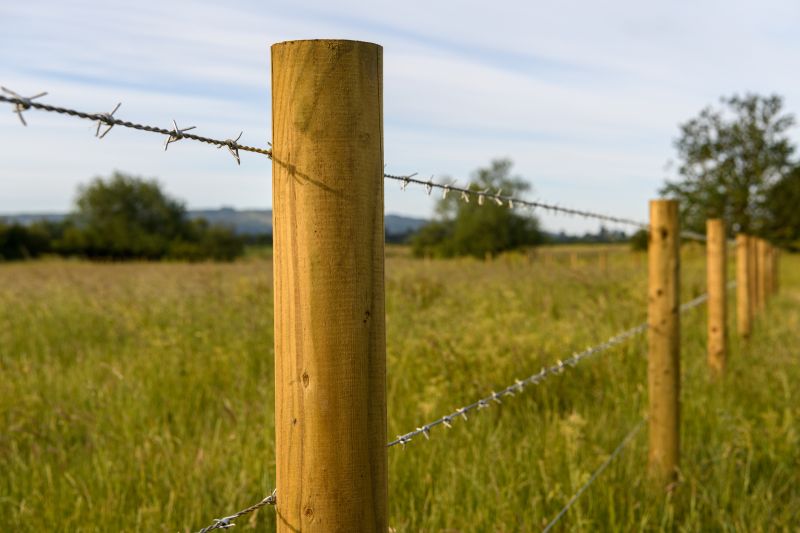
Simple add-ons that improve Electric Fence Installations without blowing the budget.

High-end options that actually feel worth it for Electric Fence Installations.

Finishes and colors that play nicely with Electric Fence Installations.
Electric fences serve as effective barriers for livestock, wildlife management, and security purposes. Proper installation timing enhances their efficiency and lifespan. Weather impacts not only the ease of installation but also the long-term performance of the fencing system. For example, cold weather can make materials brittle, while excessive heat may cause expansion or sagging.
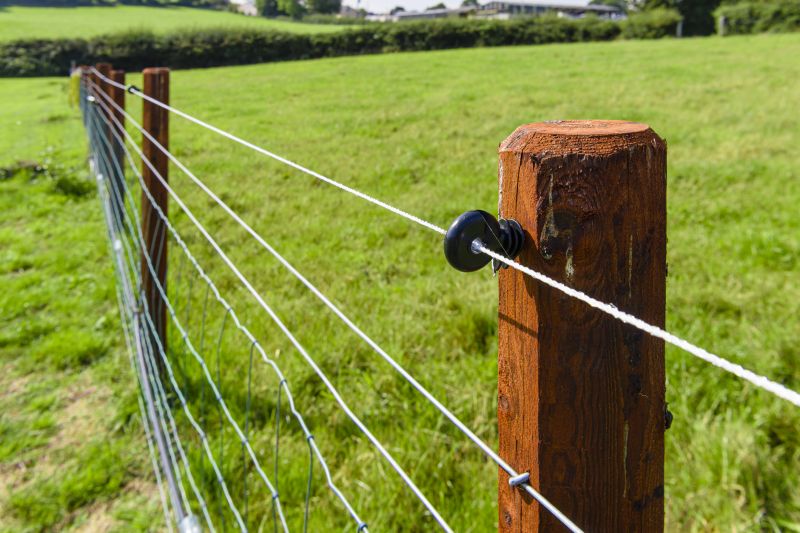
Properly timed installation ensures optimal placement of energizers, wires, and grounding systems.

Timing reduces stress on animals and allows for better integration with existing fencing.

Weather conditions influence installation techniques and material handling.

Choosing the right season can extend the lifespan of the electric fencing system.
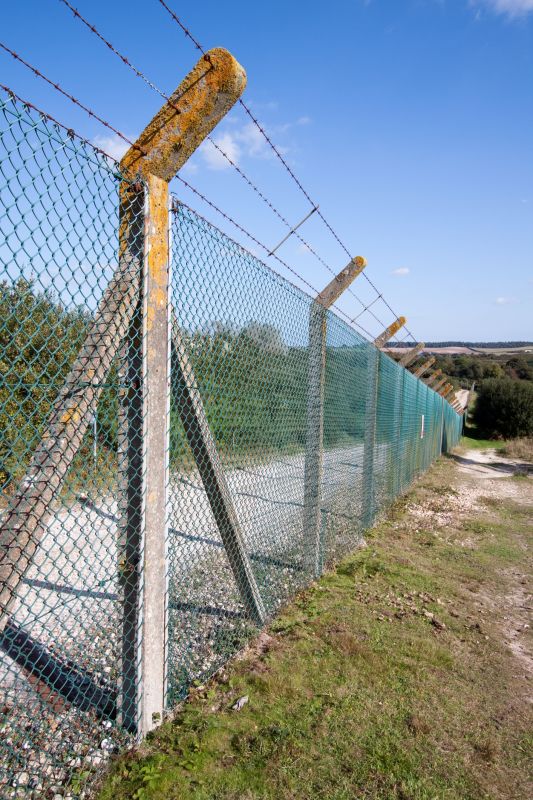
Little measurements that prevent headaches on Electric Fence Installations day.
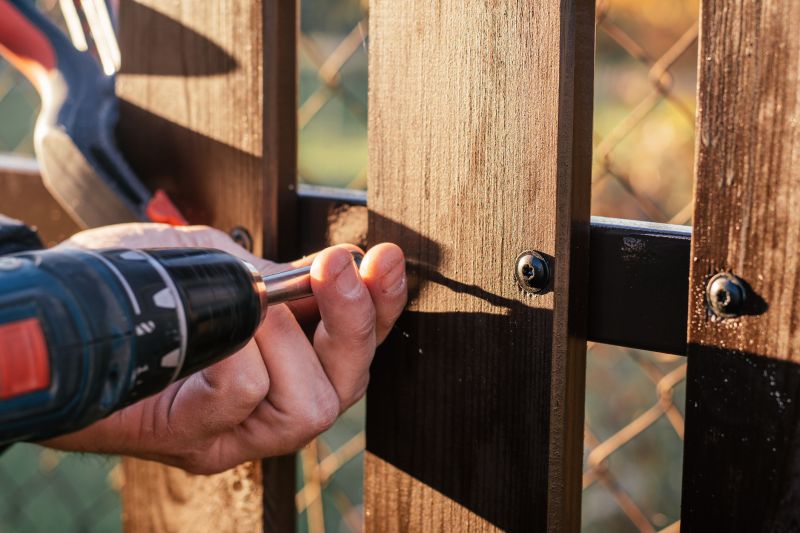
A 60-second routine that keeps Electric Fence Installations looking new.
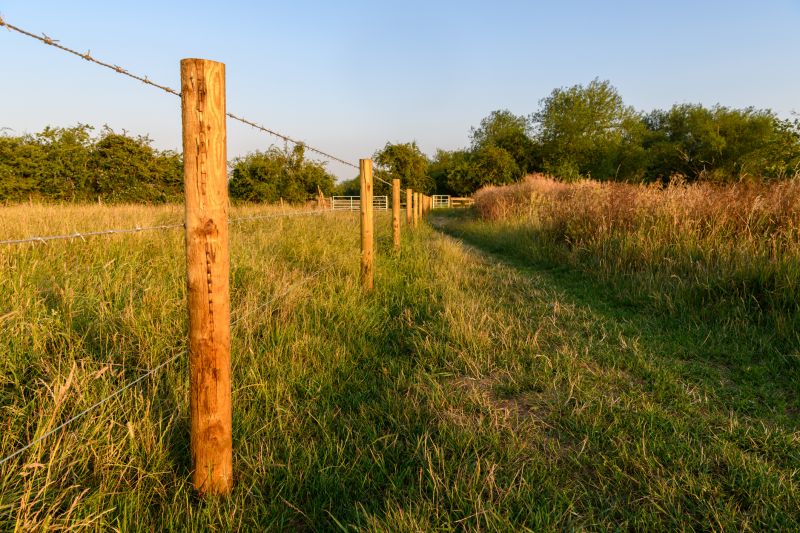
A frequent mistake in Electric Fence Installations and how to dodge it.
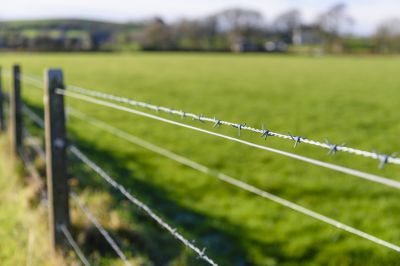
Small tweaks to make Electric Fence Installations safer and easier to use.
| Aspect | Details |
|---|---|
| Spring | Ideal for moderate weather, less risk of weather-related delays. |
| Summer | Suitable if weather is dry and stable, avoid peak heat. |
| Autumn | Good for cooler temperatures, less animal activity. |
| Winter | Generally not recommended due to cold and snow conditions. |
| Weather Impact | Extreme conditions can hinder installation and reduce fence lifespan. |
| Animal Activity | Install during periods of lower animal activity to minimize stress. |
| Material Handling | Weather affects the ease of installing and maintaining materials. |
| Planning Time | Early season installation allows for better planning and adjustments. |
Choosing the right time for electric fence installation depends on local climate, animal activity, and project scope. Proper timing ensures that the fence functions effectively, remains durable, and requires minimal maintenance. Consulting with fencing professionals can help determine the best window based on specific needs and environmental conditions.
Interested in electric fence installations? Filling out the contact form provides an opportunity to discuss timing options and receive tailored advice for optimal setup and performance.



